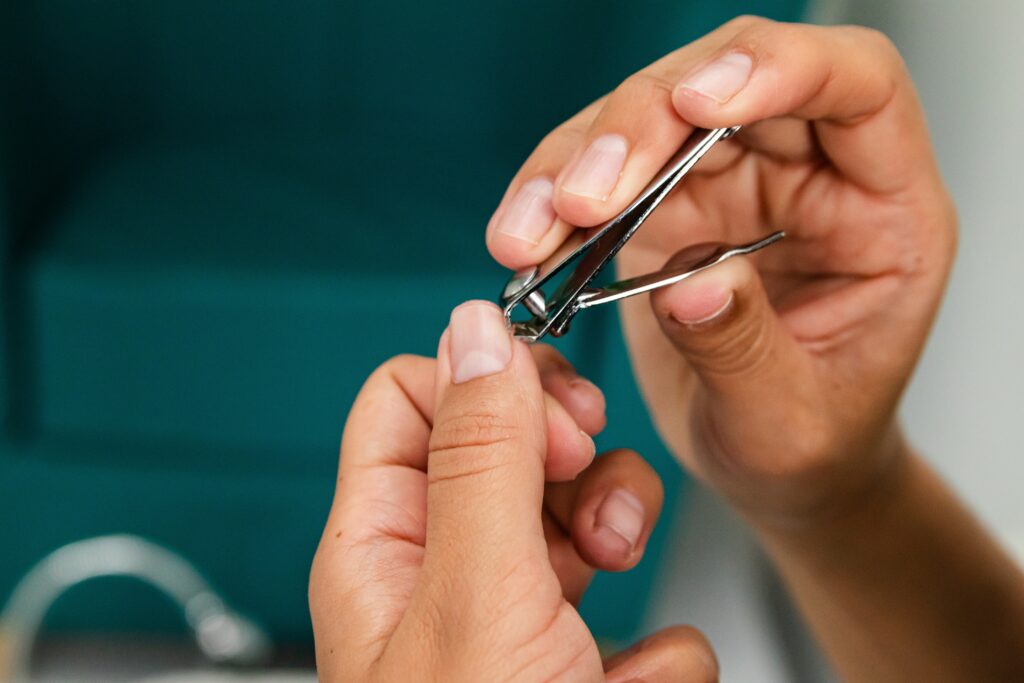
7 Popular Myths You Still Believe—That Science Has Completely Debunked
What if everything you thought you knew was just a beautiful illusion? Myths shape our understanding of the world, passed down like whispered secrets from generation to generation. But science, that relentless truth-seeker, has a way of shattering even the most cherished beliefs. Get ready to unlearn seven popular myths that have been thoroughly debunked—and to reconsider how easily we accept ‘facts’ without question.

Outline
- Cracking Your Knuckles Causes Arthritis
- We Only Use 10% of Our Brain
- The Left-Brained vs. Right-Brained Personality Myth
- Goldfish Have a Three-Second Memory
- Sugar Makes Kids Hyperactive
- Hair and Fingernails Keep Growing After Death
- Swallowed Gum Stays in Your Stomach for Seven Years
- Rewriting Your Reality
- FAQs
1. Cracking Your Knuckles Causes Arthritis
A satisfying pop!—and then the scolding: “Stop that! You’ll ruin your joints!” But here’s the truth: cracking your knuckles does not cause arthritis. Studies, including a self-experiment by physician Donald Unger, who cracked the knuckles of only one hand for over 60 years, found no difference in joint health between his two hands. The sound comes from collapsing gas bubbles in the synovial fluid, not bone damage. Yet, the fear of it persists, a reminder of how easily we accept warnings without evidence.
2. We Only Use 10% of Our Brain
This myth has fueled countless self-help books and Hollywood fantasies. The idea that unlocking the ‘unused’ 90% would grant us superhuman abilities is tantalizing, but it’s completely false. Neuroscientists using brain scans have shown that virtually all parts of the brain have a function, even during rest. Every thought, movement, and dream lights up our neural networks. The real question isn’t how much of our brain we use—it’s how well we use it.
3. The Left-Brained vs. Right-Brained Personality Myth
Are you logical and analytical? Or creative and emotional? The idea that people are either ‘left-brained’ (rational) or ‘right-brained’ (artistic) is a popular way to categorize personalities, but neuroscience tells a different story. Brain imaging studies reveal that both hemispheres work together in complex ways. Creativity, logic, and problem-solving don’t reside in just one side but emerge from a beautiful interplay of different brain regions. So, you’re not ‘left-brained’ or ‘right-brained’—you’re simply you.
4. Goldfish Have a Three-Second Memory
This myth is often used to describe forgetfulness, but goldfish deserve an apology. Studies show they can remember things for months, learn complex tasks, and even recognize their owners. In fact, memory is one of the most misunderstood aspects of cognition. Humans, too, rewrite memories constantly, making our own recollections far more fluid than we’d like to admit. Perhaps goldfish aren’t the ones with a memory problem—we are.
5. Sugar Makes Kids Hyperactive
The image is universal: a child devours a birthday cake and instantly transforms into a chaotic whirlwind. But double-blind studies have debunked the sugar-hyperactivity myth. Parents, when told their children had consumed sugar (even when they hadn’t), reported more hyperactive behavior. It turns out, the belief itself is more powerful than the sugar. This is a striking example of the placebo effect—how expectation shapes reality more than substance does.
6. Hair and Fingernails Keep Growing After Death
A chilling thought, but a complete misunderstanding. What actually happens is that skin retracts as the body dehydrates, creating the illusion of growth. This myth, like many surrounding death, stems from our deep discomfort with mortality. It’s easier to believe in lingering biological activity than to face the finality of life. But science teaches us that death is not monstrous—just another part of nature’s grand cycle.

7. Swallowed Gum Stays in Your Stomach for Seven Years
Childhood nightmares were built on this one. But the truth is less dramatic: while gum is not digestible, it simply passes through the digestive system like other indigestible substances. The fear of swallowing gum was never about biology—it was about control. Society often warns against minor transgressions with exaggerated consequences, reinforcing caution where it’s not truly needed.
Rewriting Your Reality
What do these myths teach us? That the mind is impressionable. That beliefs are sticky. That things we accept without question can dissolve in the light of evidence. Science doesn’t just debunk myths—it urges us to question assumptions, to think critically, and to embrace the exhilarating uncertainty of discovery.
So, what else do you believe that might not be true? Challenge it. Investigate it. Be open to being wrong. Because the willingness to unlearn is the mark of true intelligence.
FAQs
Does cracking your knuckles really cause arthritis?
No, studies have shown that cracking your knuckles does not damage joints or cause arthritis—it’s just the sound of gas bubbles collapsing in the synovial fluid.
Is it true that sugar makes kids hyperactive?
No, multiple studies have found that sugar has no direct effect on children’s behavior—parents’ expectations often create the illusion of hyperactivity.
Does swallowed gum really stay in your stomach for seven years?
No, while gum isn’t digestible, it passes through your digestive system like any other indigestible substance and is expelled naturally.